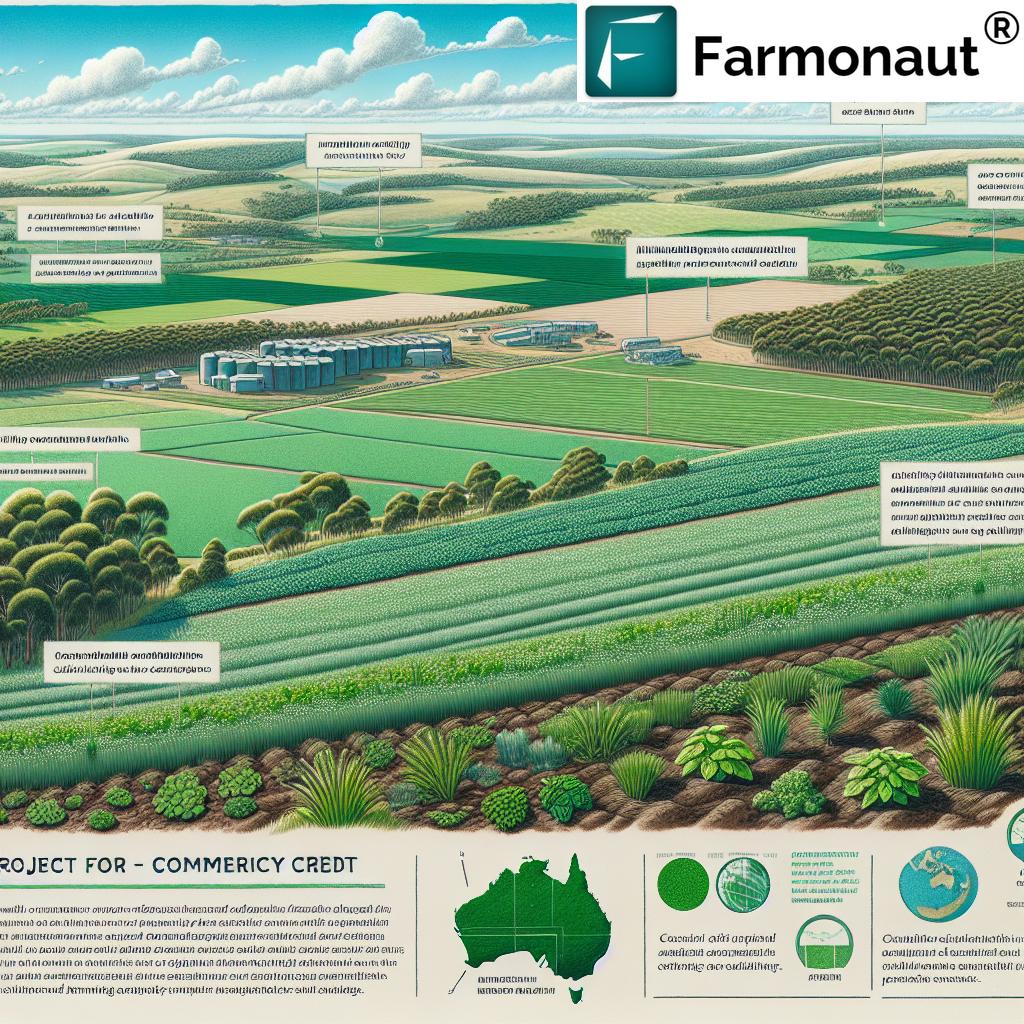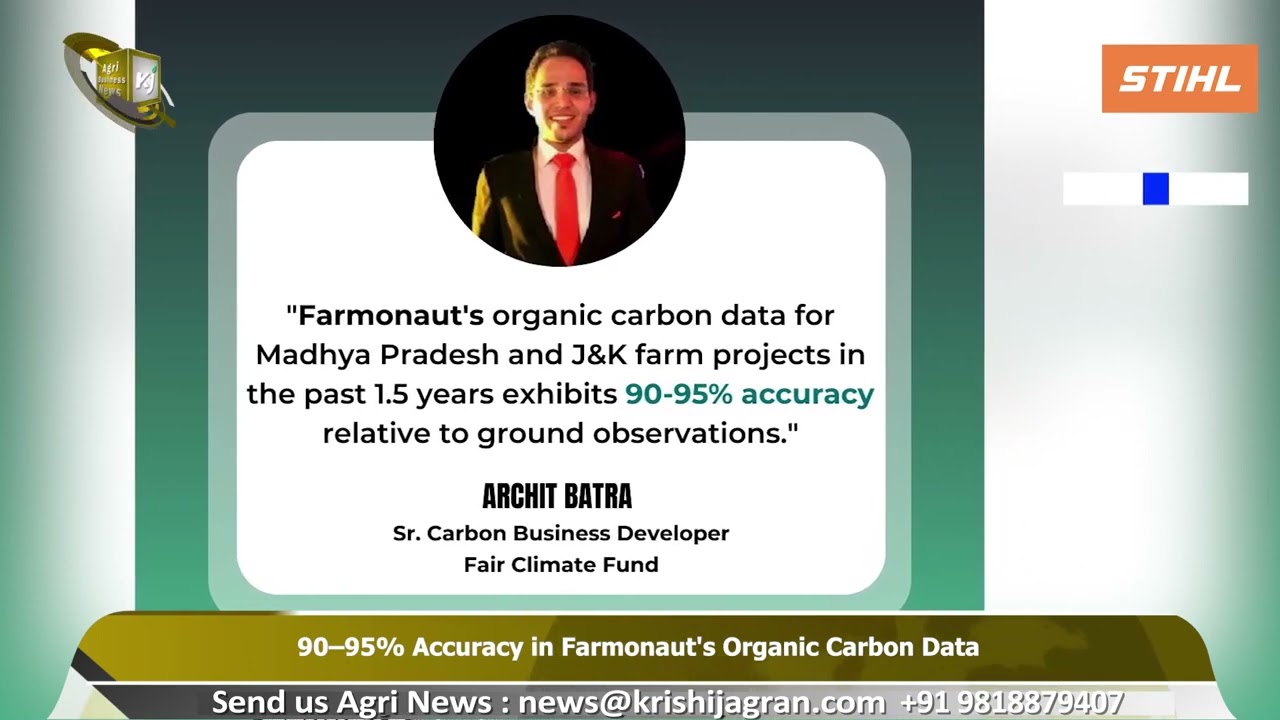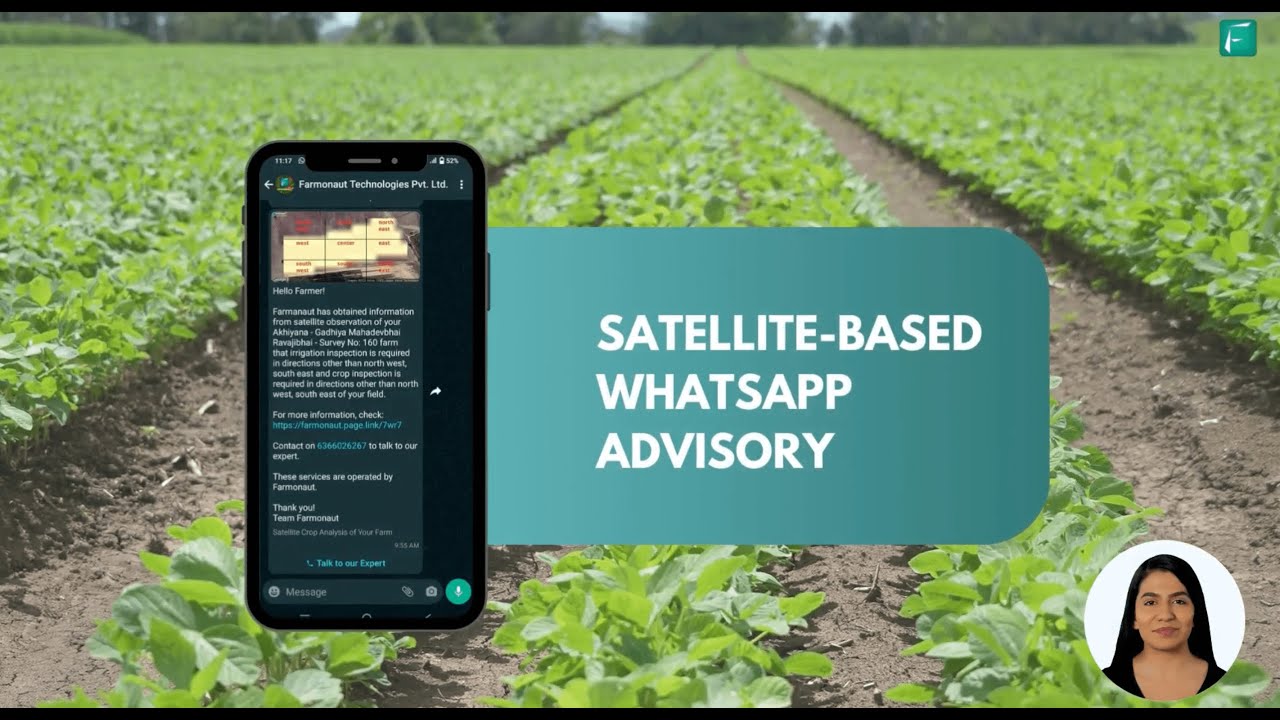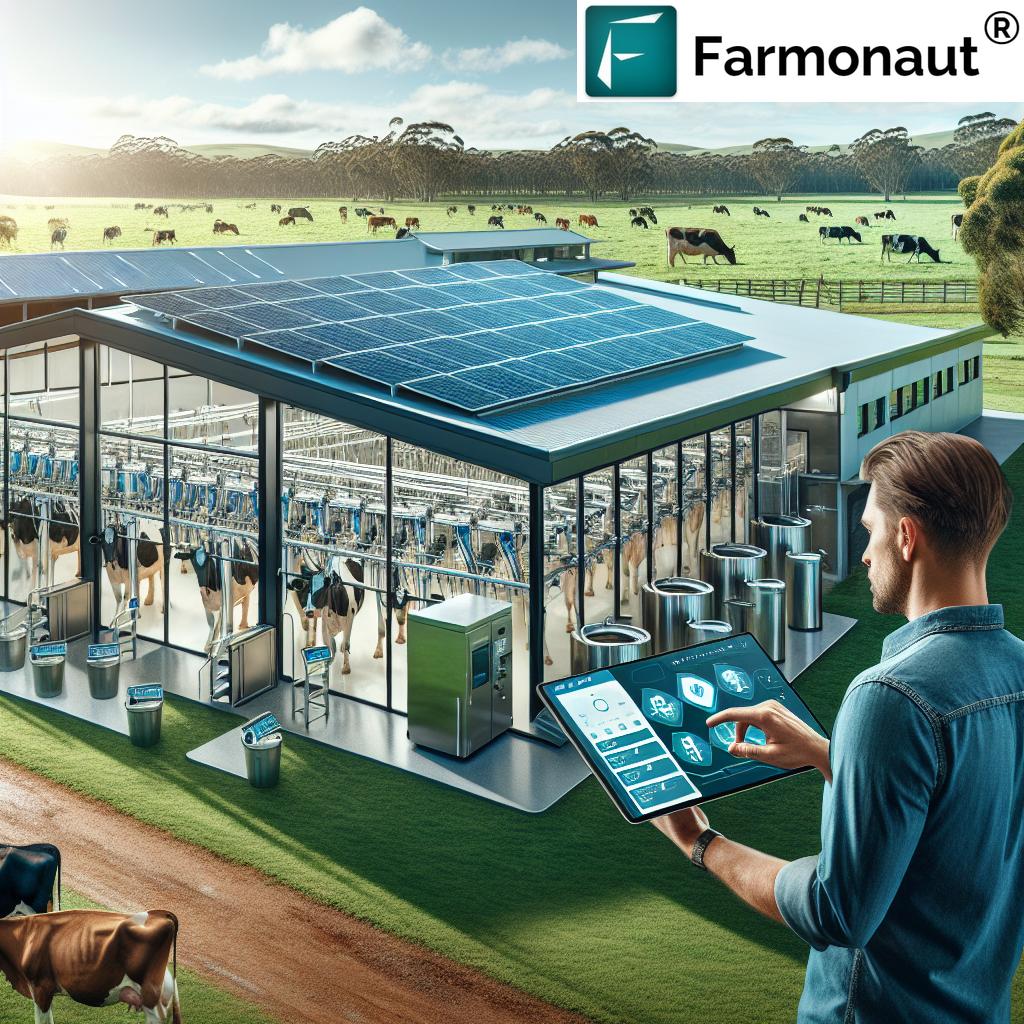How to Sell Carbon Credits in Australia: 7 Secret Hacks
“Over 1,100 Australian projects have generated ACCUs, helping landholders sell carbon credits and support climate action.”
Introduction: Carbon Credits as an Opportunity in Australia
In today’s world, sustainable farming and robust environmental stewardship are not just ethical imperatives—they’re new sources of income for landholders. As climate change intensifies, Australia has created an innovative pathway for agricultural, forestry, and pastoral operations to benefit: the ability to sell carbon credits. With the Australian Carbon Credit Unit (ACCU) Scheme, managed by the Clean Energy Regulator (CER), farmers and land managers now have a viable avenue to generate additional income while contributing to climate change mitigation.
In this comprehensive guide, we’ll reveal 7 secret hacks for navigating the process of earning and selling carbon credits in Australia. You’ll discover how carbon farming Australia works, what methodologies are approved, how to participate in both regulated and voluntary markets, and how modern technologies—like Farmonaut’s satellite-based farm management tools—can help maximize your results. Whether you’re exploring soil carbon sequestration, embarking on plantation forestry, or considering permanent environmental plantings, this guide is your roadmap to unlocking carbon farming income opportunities.
Understanding the ACCU Scheme & Selling Carbon Credits Australia
To sell carbon credits effectively, it’s essential to understand what an Australian Carbon Credit Unit (ACCU) is and how the scheme operates. Each ACCU stands for one tonne of carbon dioxide equivalent (t CO₂-e) that has been sequestered (captured and stored) or avoided (from entering the atmosphere) through approved activities on your land.
The CER acts as the regulator, ensuring that only projects that meet stringent methodologies and have proper verification are eligible. There are two primary ways to sell:
- Emissions Reduction Fund Australia (ERF): Sell ACCUs directly to the Australian government, usually via competitive reverse auctions.
- Voluntary Market: Sell ACCUs for a negotiated price to voluntary purchasers seeking to offset emissions, sometimes fetching higher prices due to project co-benefits.
Projects must align with established carbon farming methodologies, such as plantation forestry, permanent environmental plantings, or soil carbon sequestration. Let’s dive into the actionable steps and secret hacks for success.
“Each ACCU represents one tonne of CO2 avoided or stored—Australia issued over 17 million ACCUs in 2022 alone.”
7 Secret Hacks to Sell Carbon Credits in Australia
-
1. Assess Eligibility and Select the Right Carbon Farming Methodology
Not all land and farming operations are equal when it comes to carbon farming Australia. Start by meticulously evaluating your property’s suitability—soil type, rainfall, vegetation, legal tenure, and current use. The CER offers methodologies tailored to different carbon farming activities, such as:
- Plantation Forestry: Establishing or maintaining forests for commercial harvesting (see method)
- Permanent Environmental Plantings: Reforesting cleared land with native species (see details)
- Soil Carbon Sequestration: Increasing soil organic carbon with reduced tillage and cover cropping (learn more)
Consulting with carbon farming experts and service providers is highly recommended to identify the most strategic approach for your region and operation.
-
2. Develop a Comprehensive Carbon Farming Plan
A detailed carbon farming plan is your blueprint for success. Map out every practice and activity—from baseline assessment (including soil samples and historic data) to your chosen implementation strategy. This plan should contain:
- Defined carbon farming activities
- Verified baseline data (e.g., organic soil carbon measurements)
- Clear monitoring and reporting systems to ensure ongoing compliance
Engage local Natural Resource Management organizations and industry bodies—many offer invaluable planning resources (see guidelines).
-
3. Register Your Project with the CER
Without proper registration, you can’t generate ACCUs. Submit your project to the CER—make sure it strictly adheres to an approved methodology and that your documentation (e.g., maps, baseline assessments, monitoring plans) is flawless. Expect periodic audits for verification, and use the CER’s published guidelines for compliance.
-
4. Implement Carbon Farming Activities with Precision
Execute your plan exactly. This means planting and maintaining native species in rehabilitation or forest areas, applying soil management practices to maximize carbon sequestration, and keeping meticulous records. Use monitoring technologies—such as Farmonaut’s Carbon Footprinting solution—to track emissions reduction and ensure compliance with all reporting requirements.
-
5. Monitor, Verify, and Report for ACCU Generation
Ongoing monitoring and accurate reporting are essential. Track and document the tonnes of CO₂-e sequestered or avoided each year. You must engage a third-party, independent auditor for verification. File regular reports with the CER—only verified projects are issued ACCUs, making them tradable carbon credits Australia market.
-
6. Sell Your ACCUs: ERF Auctions & Voluntary Carbon Market Australia
With ACCUs in hand, decide your sales strategy:
- ERF Auctions: Bid to sell carbon credits directly to the government. (See ERF auction process)
- Voluntary Market: Approach private buyers looking to offset their emissions. Prices can be higher, especially if your project provides co-benefits like biodiversity gains. Work with aggregators or carbon credit brokers for broader market access. (see overview)
-
7. Analyze, Adapt, and Scale for Ongoing Income
The carbon credit market Australia is constantly evolving. We should closely review market dynamics, historic ACCU prices, and regulatory trends. Scale up by expanding project boundaries, adding new approved activities, or leveraging technology such as Farmonaut’s large-scale farm management suite for multi-property monitoring and management.
Step-by-Step Comparison Table: Maximizing Income from Carbon Credits
| Step/Hack Name | Estimated Time to Complete | Expected Carbon Credits (tCO₂e/year)* | Potential Income Range (AUD)* | Main Requirements/Considerations |
|---|---|---|---|---|
| Eligibility & Methodology Selection | 1–3 months | Varies by land (e.g. 400-1,200 tCO₂e for 100 ha plantation) | Planning/consulting fees only | Land suitability, tenure, methodology fit, expert consulting |
| Develop Carbon Farming Plan | 2–4 months | Depends on project, region, baseline | $5,000–$15,000+ (baseline, sampling, planning, admin) | Documentation, baseline data, planning resources |
| CER Project Registration | 1–3 months (processing) | n/a | $2,000–$10,000 (fees, audit prep) | Methodology compliance, audit readiness |
| Implementation | 2–10 years+ (lifetime) | Optimized: 3–20 tCO₂e/ha/year (forestry/soil) | Annual: $3,000–$60,000+ (100–1,000 ha scale @ $25–$40/ACCU) | Planting, maintenance, soil management, record-keeping |
| Monitoring & Verification | Annual/Ongoing | As realized | $5,000–$15,000/year (audit, reporting, tech) | Third-party verification, accurate data, reporting |
| ACCUs Sale | Immediate/auction timing | Stockpiled/annual issuance | @ $25–$40 per ACCU (market dependent) | Market prices, contract type, sales channel |
| Scaling/Expansion | Ongoing | Increase with area, methodology | Incremental income based on expansion | Market research, adaptive management, tech integration |
*Estimates based on average market and industry data. Actual projected income and credits may vary based on region, project type, and annual carbon sequestration performance.
Key Considerations Before Starting Carbon Farming Australia
- Legal Rights & Tenure: Ensure you have full legal ability to implement carbon farming activities on your land. This includes freehold/leasehold clarity, and checking for native title issues (read more).
- Financial Planning: Understand up-front costs (baseline, registration, audits), annual costs (monitoring, maintenance), and weigh these against potential carbon farming income opportunities. Seek professional financial advice and develop a clear cost–benefit plan (plan here).
- Market Awareness: Monitor carbon credit market Australia trends—prices for ACCUs can fluctuate with policy, demand, or global trends. Use industry bulletins and advisory services to maximize your timing and income.
- Regulatory Compliance: All steps (from methodology adherence to reporting) must comply with CER guidelines—ensure complete, accurate documentation for future verification.
- Environmental Commitment: Choose methodologies that best suit your property’s natural assets and production, aligning carbon farming with broader environmental or biodiversity goals where possible.
Boosting Carbon Farming Success with Farmonaut Solutions
In a field where verification, monitoring, and precision farming are keys to maximizing returns, digital agriculture platforms like Farmonaut are invaluable for landholders and agribusinesses in Australia. Here’s how Farmonaut empowers your carbon farming operations:
- Carbon Footprinting for Compliance & Optimization: Track and analyze emissions reduction, soil organic carbon trends, and sequestration rates in real time with Farmonaut’s carbon footprinting solution. This data supports project compliance and gives actionable insights for adapting methodologies.
- Satellite-Based Crop and Soil Monitoring: Farmonaut’s app and API use multispectral imagery for vegetation health (NDVI), soil moisture, and growth analytics. This automates monitoring over time for permanent environmental plantings, soil carbon sequestration, and plantation forestry carbon credits.
- Blockchain-Based Traceability: For voluntary market projects, demonstrate transparency and enhance the value of co-benefits using Farmonaut’s blockchain-based traceability. This builds trust and improves marketability of your credits.
- Resource and Fleet Management: Efficient fleet and resource management solutions streamline field activity tracking and reduce operational waste, optimizing both compliance and carbon outcomes.
- Scale-Up with Centralized Management: If you manage multiple properties or corporate operations, harness large-scale farm management tools for complete oversight.
- API Integrations for Enterprise: Developers and enterprise agribusinesses can integrate satellite, weather, and farm data with Farmonaut API and developer documentation for custom solutions.
- Access to Financing: Enhance crop loan and insurance eligibility with satellite-based verification tools.
Download the Farmonaut app or access via web to begin optimizing your carbon farming project today (open app here).
FAQs: Carbon Credits & Farming in Australia
What are carbon credits and ACCUs?
Carbon credits represent a measurable, verifiable reduction or sequestration of greenhouse gases. In Australia, ACCUs (Australian Carbon Credit Units) are the official unit, each equal to one tonne of CO₂-e that’s been offset, avoided, or stored through approved farming, forestry, or related activities.
How do I know if my land is eligible for carbon farming?
Eligibility is determined by land type, tenure, current land use, and state/territory guidelines. The CER publishes approved methodologies that set the rules (list here).
How are income and prices set for carbon credits in Australia?
Income is a function of how many ACCUs your project earns, multiplied by the market price (typically $25 to $40 per unit, but market-driven). Income is influenced by project scale, methodology, ACCU issuance timing, and sales channel (ERF or voluntary market).
What technologies can help manage and scale my carbon farming project?
Precision satellite monitoring, crop health analytics, automated reporting, and blockchain traceability are available through platforms like Farmonaut. This improves accuracy, reduces risk, and streamlines all compliance and reporting processes.
Can I combine multiple carbon farming methodologies on the same property?
In many cases, yes—especially if different zones on your property suit distinct activities (e.g., plantation forestry plus soil carbon sequestration). Consult with experts for optimal project design and eligibility.
What’s the difference between the ERF and voluntary carbon markets?
The ERF is government-regulated and involves auctions/sales to meet national targets. The voluntary market consists of private buyers (businesses, NGOs) seeking to offset their emissions beyond legal requirements—often at different prices, with co-benefit premiums.
Conclusion: Start Your Carbon Credit Journey Today
Selling carbon credits in Australia is not just a contribution to climate change mitigation—it’s a game-changer for income diversification in agricultural, forestry, and rural operations. By adhering to CER guidelines, embracing the right carbon farming Australia methodologies, and leveraging technology like Farmonaut’s digital tools, you can create a profitable, resilient, and future-ready farm business.
- Assess your land, select your methodology, and build a comprehensive plan.
- Be meticulous with documentation, monitoring, and reporting.
- Engage the right technology and experts to boost verification, compliance, and scale.
- Monitor the carbon market and adapt your strategy for maximum income potential.
- Reap the dual rewards: sustainable practice and a new revenue stream.
If you’re ready to elevate your farm management and turn carbon credits Australia into a core pillar of your operation, install the Farmonaut app or access the web platform now.






















